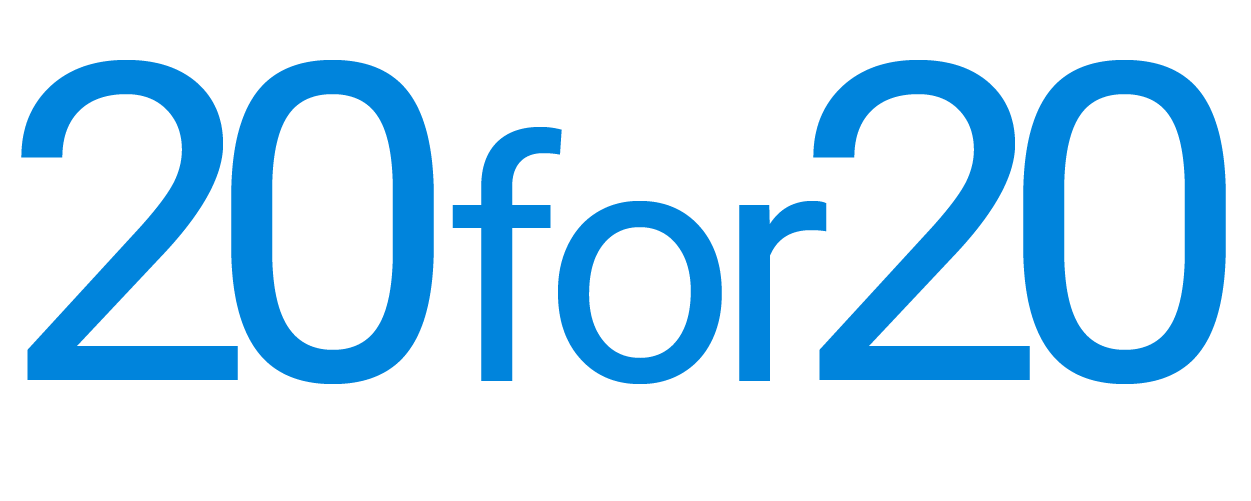
What is a trend? A couple of months into 2024, there's been a lot of talk about the prevailing trends for the year ahead, as there always is. Our brains are hardwired to look for patterns in everything that we see. As a species, we like to read the tea leaves.
The trouble is, when we use the word "trend" in a non-mathematical way, its meaning is fungible. It tends to be synonymous with "opinion." A "trend for 2024" is often just "my opinion about 2024," so to the extent that trends are worth understanding, we must establish the data points to identify them.
Trends signify movement from one state to another, changes in behavior, reactions to market developments, and behaviors exhibited by multiple actors that differ from those of the past. They are harder to identify than you might think, which is always on my mind at this time of year as we prepare for the release of the new edition of 20for20, the annual report based on 20 conversations with multifamily leaders in operations and technology.
Today, we launched the new edition of 20for20, the sixth since its launch in 2019. As usual, it provides a temperature check on our industry's progress in operations and technology. It follows multiple-year trends like centralization, AI adoption, and the never-ending saga of competition between platform and best-of-breed vendors as operators continue to develop their technology stacks.
What makes a trend?
The 20 interviews performed each year play a couple of vital roles in understanding the progress of our industry. First, they enable us to test ideas that seem important at the time of doing the research. To this end, we pre-interview a set of leaders, including the owners of functions like marketing and asset management, and leaders of tech companies and VCs. That process helps develop a set of ideas that the research can explore.
Those ideas form a survey, which is the basis for 20 highly structured conversations with ten COOs and ten heads of technology from a broad swathe of multifamily operators. To take an example, in preparing for this year's interviews, it seemed that technology acquisition was an important topic. With operators looking for ways to save money and numerous vendors bringing sourcing, procurement and vendor-management services to market, this was a good time to ask what—if anything—changed about how people buy technology.
In addition to evaluating current reported trends, the accumulation of research over multiple years provides valuable data points about what is changing over time. That is particularly useful for getting a handle on longer-term trends like centralization, AI adoption and the ongoing innovation of the tech stack.
We can observe, for example, how centralization is branching into distinct trajectories for leasing, property administration, and maintenance and how some future centralization trends look more predictable than others. In the case of AI, we can see what impact the arrival of generative AI has on an AI adoption pattern that has been developing for some years. And the broad pattern of tech adoption this year suggests a pendulum swing between disruptive newcomers and established industry platforms.
These multi-year insights offer a deep understanding of our industry's mechanics and vital context of how the current economic climate influences decision-making. This year, a unique aspect of the 2024 market is the imbalance caused by over-supply in markets with otherwise strong fundamentals.
The new edition of 20for20 is usually the start of a dialogue that develops over the course of the year. This time, we aim to bring more voices into the conversation, inviting participants to engage in more public discussion of this year's topics in the coming weeks. For now, we encourage you to download your FREE copy, give it a read, and share your thoughts with us. The conversation begins today.
Photo by Heye Jensen on Unsplash



